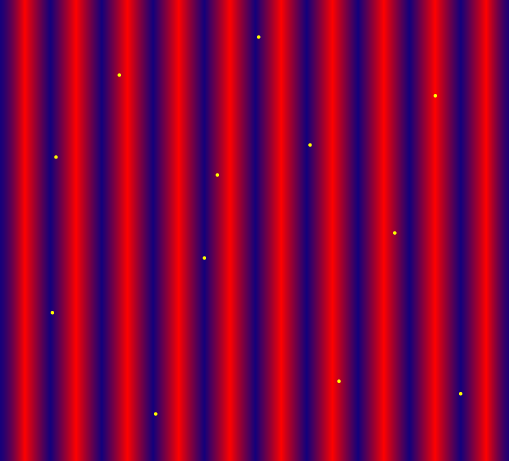
The alert reader will have noticed that in all cases, the amplitude of the acoustic peaks drops off rapidly at the highest multipoles or smallest angular scales.
What happens is the physical scale of these fluctuations are so small that they are comparable to the distance photons travel during recombination.
Remember that recombination does not occur instantaneously. In that short period during which the universe recombines, the photons bounce around the baryons and execute a random walk:

If the random walk takes the photons across a wavelength of the perturbation, then the hot and cold photons mix and average out. The acoustic oscillations are exponentially damped on scales smaller than the distance photons random walk during recombination.